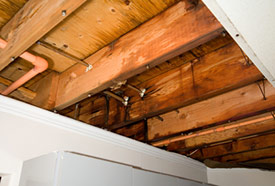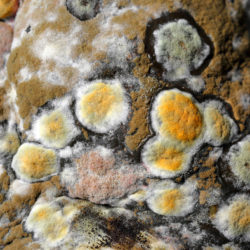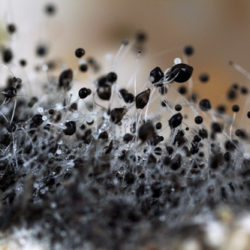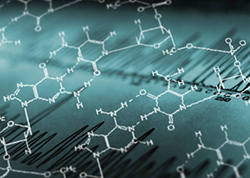Mold Testing Kits Are Available for Region’s Flood Victims

Mold Flourishes in Damp Environments
Flooding in homes and buildings creates a perfect breeding ground for mold and mildew. In response to massive flooding in Midwestern states, organizations are providing free mold test kits to assess trouble spots.
Mold: A Common Result of Flooding
During the tail end of 2015, unusually severe storms resulted in swollen rivers that caused flooding in Illinois, Missouri and Arkansas. Iroquois County in northeast Illinois is one of the areas that was hit particularly hard.
Mold doesn’t appear immediately post-flooding. Instead, it may take hold in hidden spaces that stay damp for a long time. In July 2016, the Iroquois County Long-Term Recovery Committee announced that they will begin providing free mold test kits to homeowners who suspect a problem.
Moisture + Spores = Mold
Moisture is a necessary ingredient for mold growth. Mold spores are always present in the atmosphere, and it takes only one spore landing on a damp spot to start rapidly reproducing. Excessive humidity in areas like basements and bathrooms serves to hasten the process.
A lack of visual evidence doesn’t rule out the presence of mold. It can flourish inside cabinets, behind walls, under carpeting or in crawl spaces. Musty odors, rather than visual sightings, are frequently the first tip-off to a mold infestation.
Schedule Your Northern NJ or NYC Free Mold Inspection
Have you recently experienced flooding or leaks in your home? When it comes to mold, out of sight is not out of mind. Contact Stern Mold for your Northern NJ or NYC free mold inspection performed by our friendly, professionally trained technicians.




